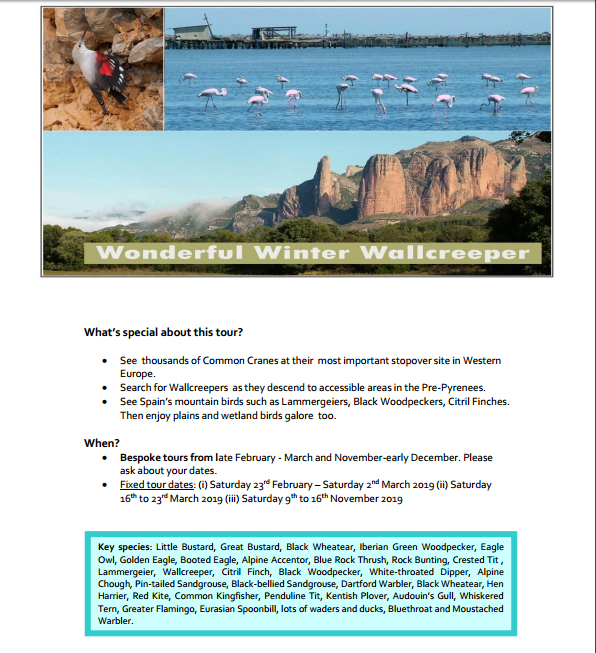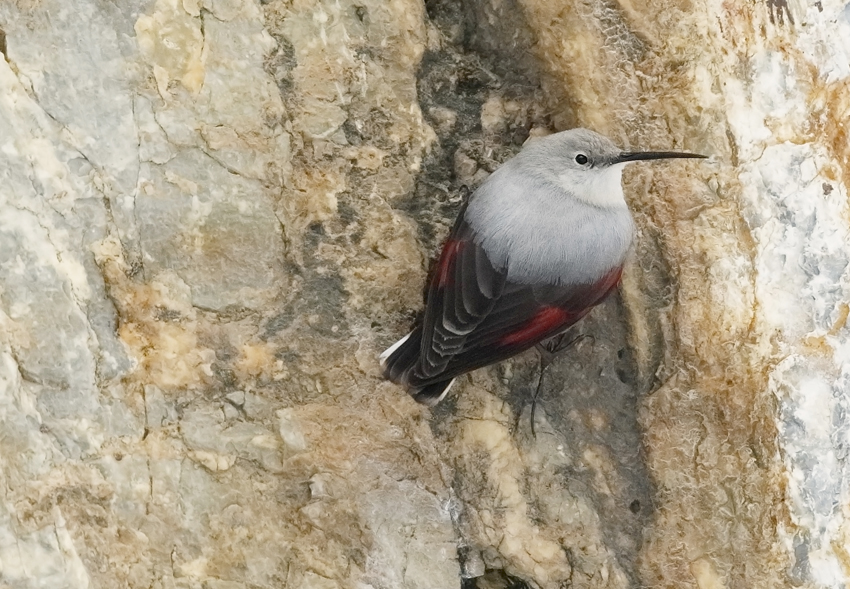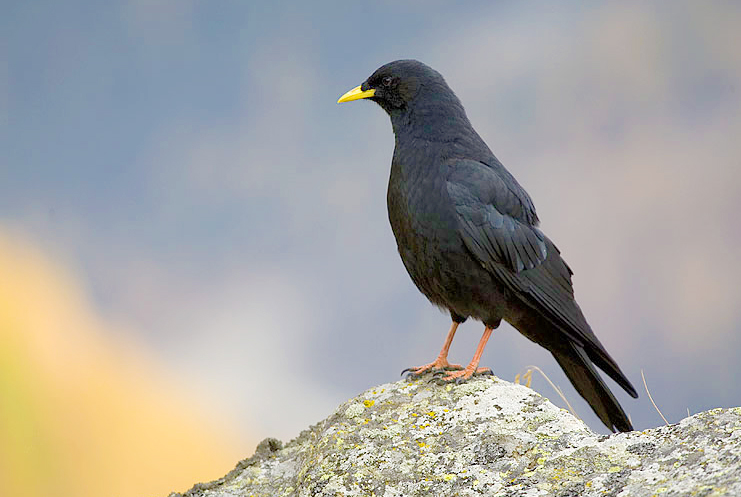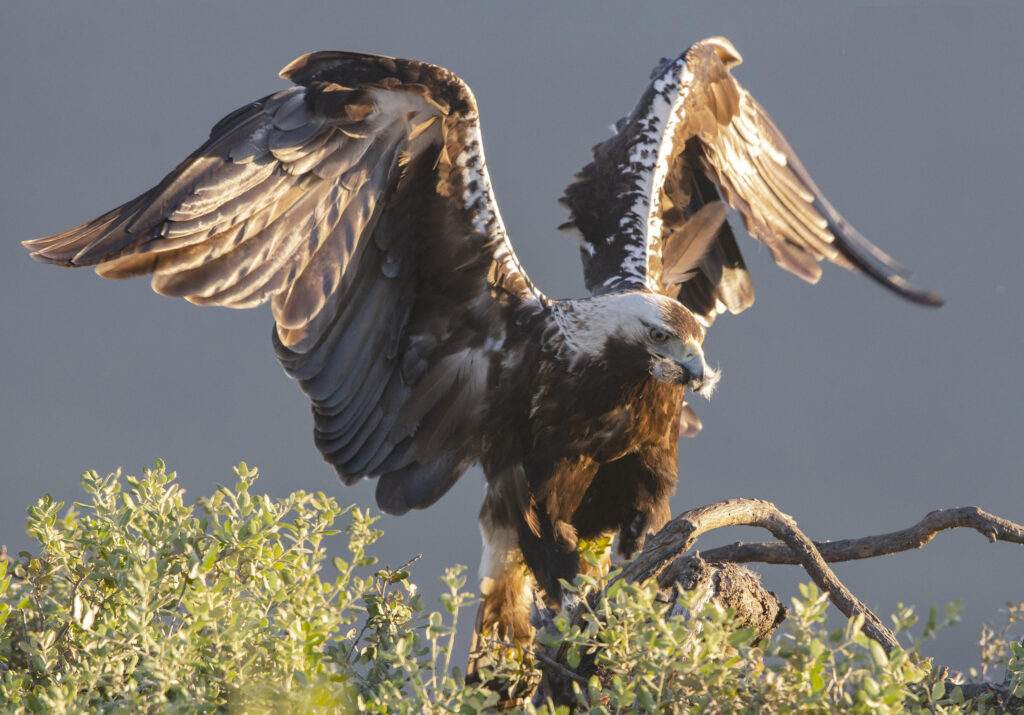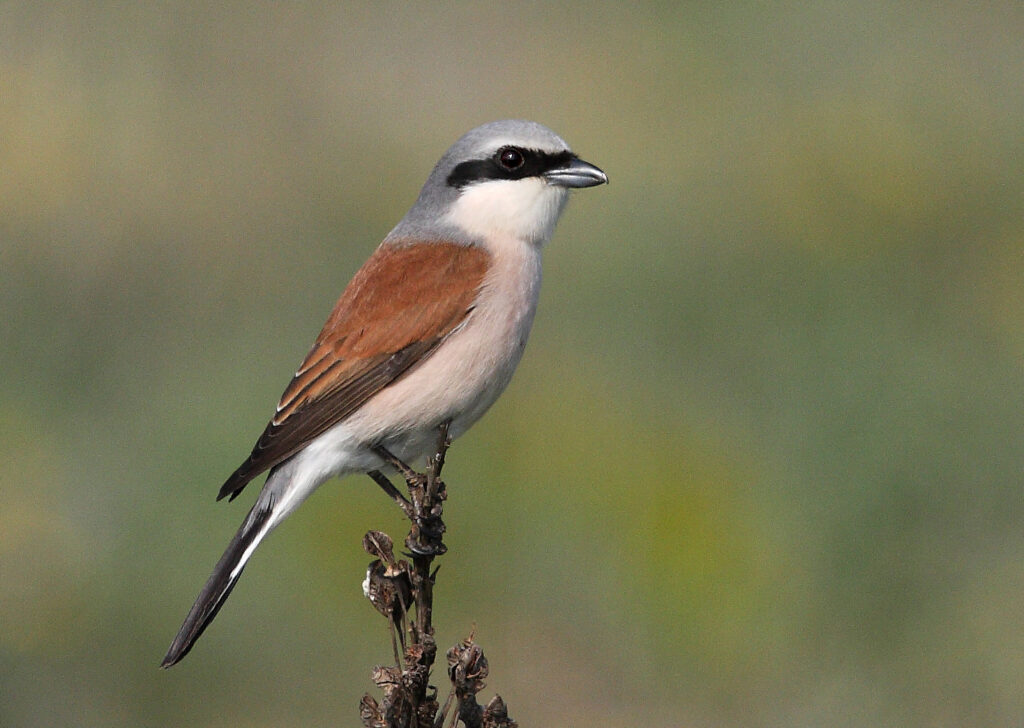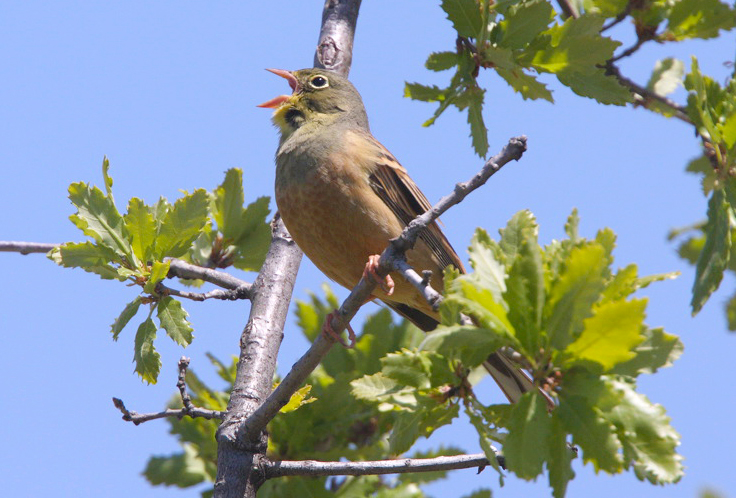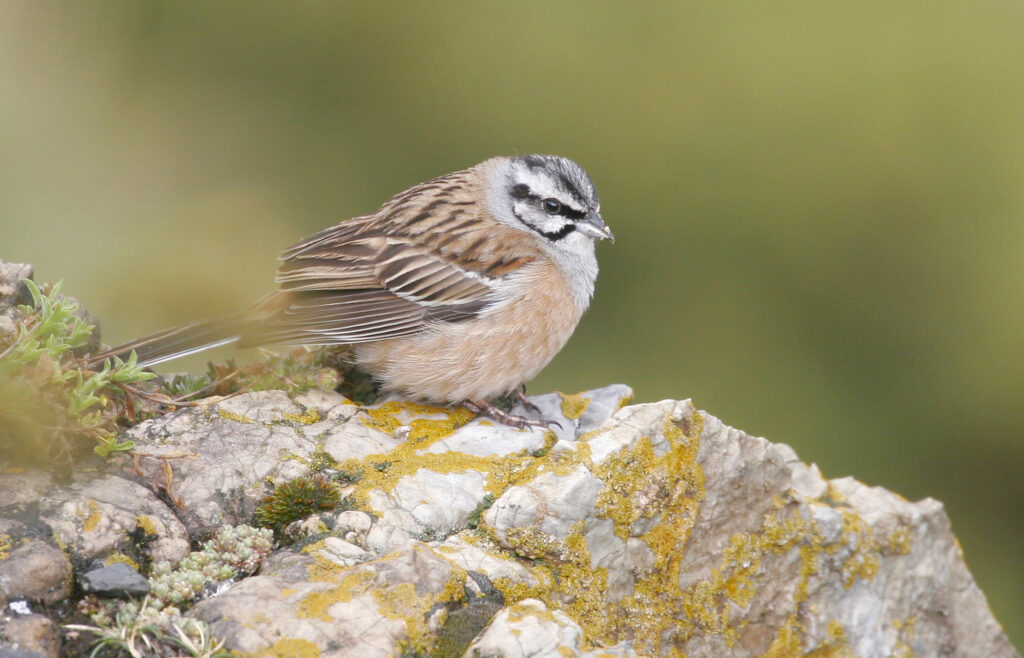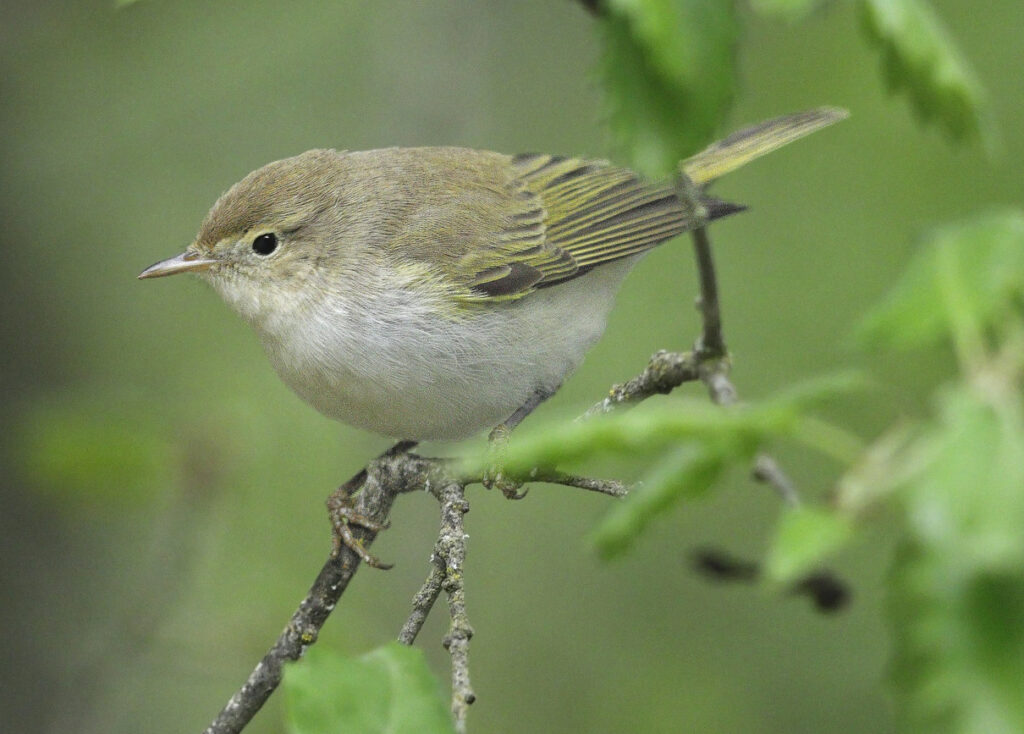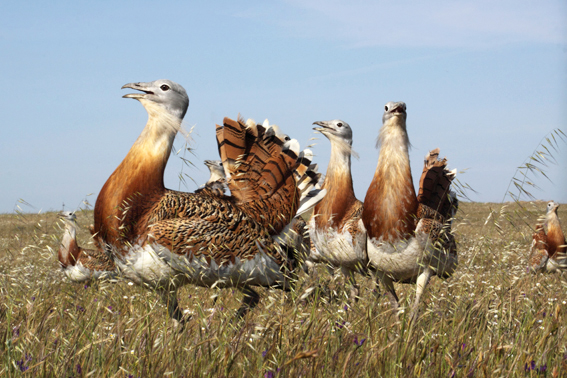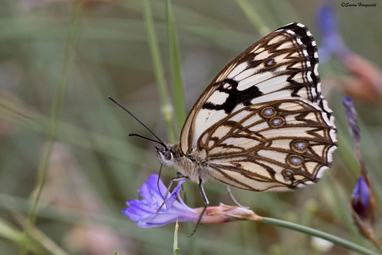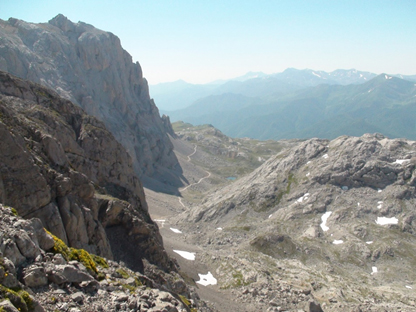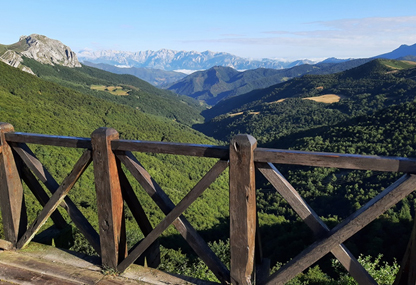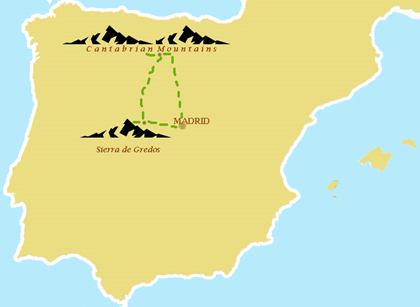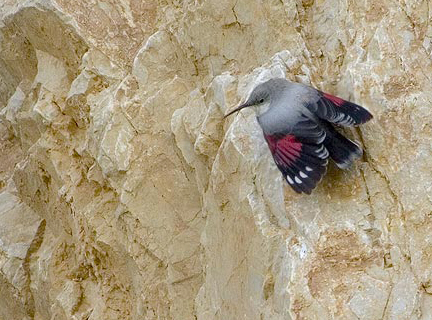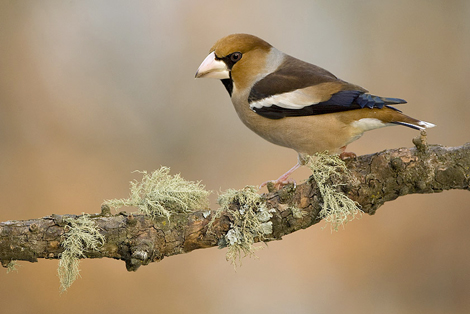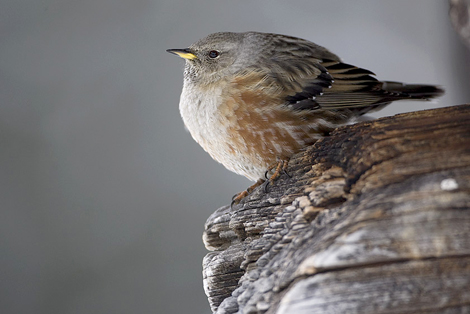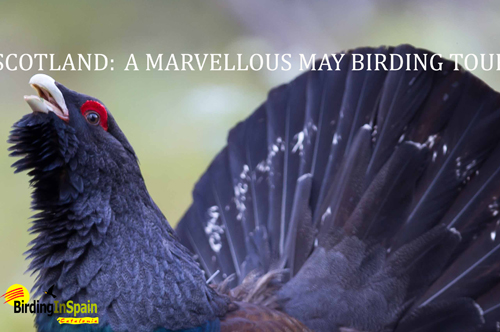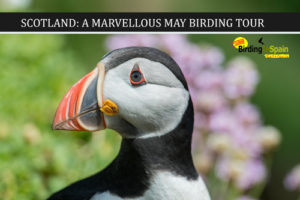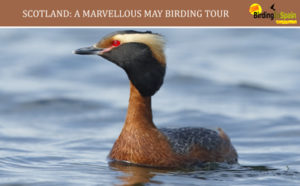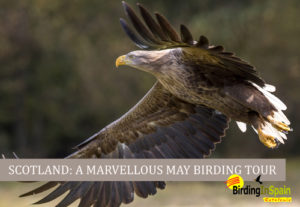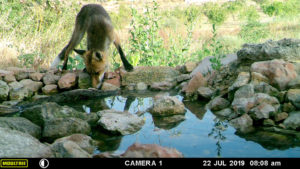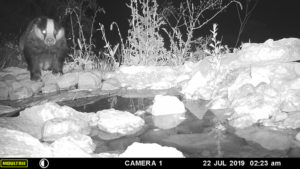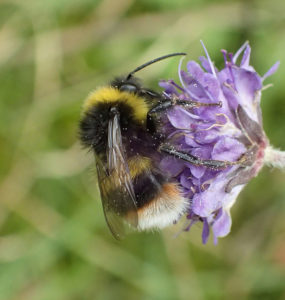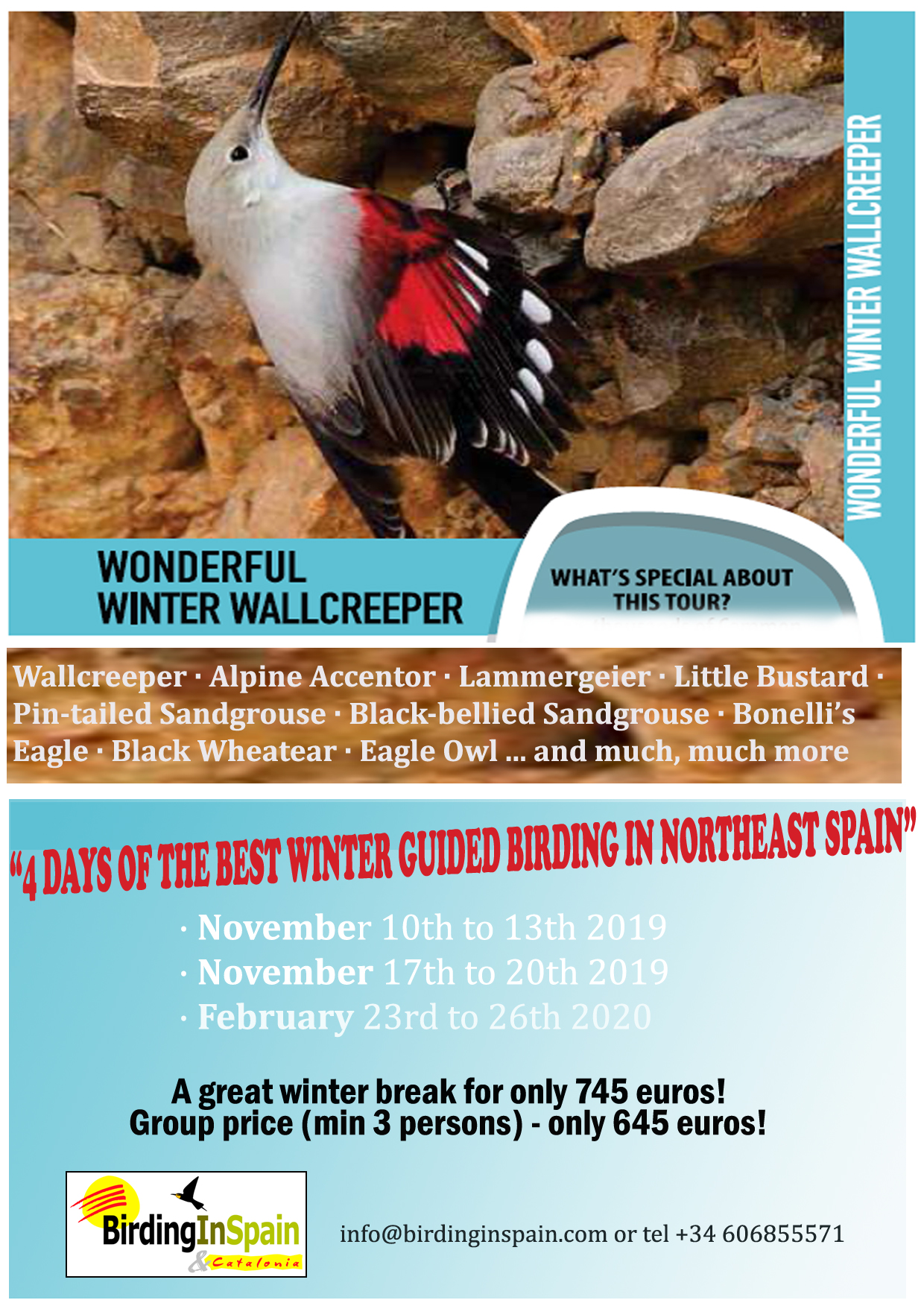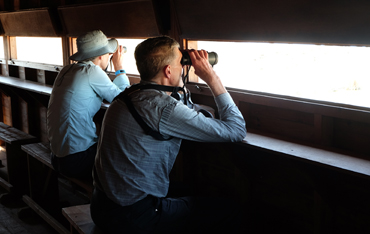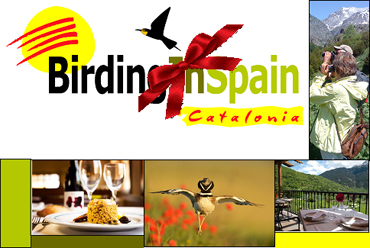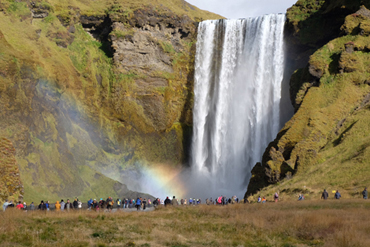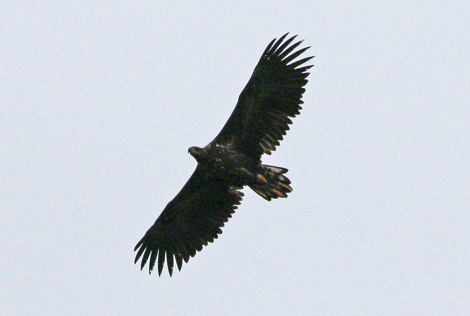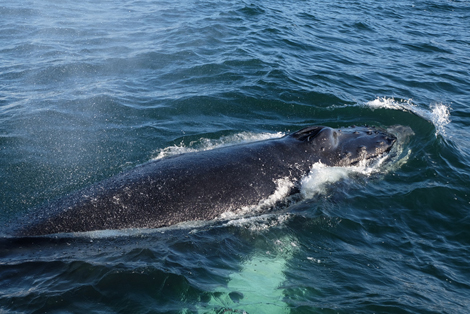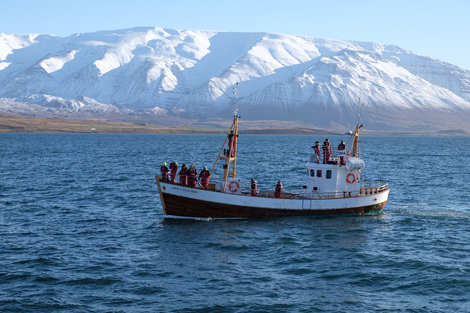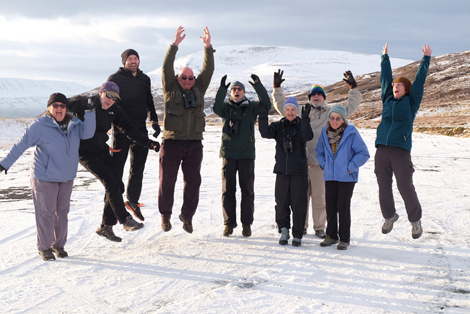Summer birding
Summer birding
Oh well, oh well, oh well…
Summer birding had me a blast
Summer birding birds coming fast
I saw some birds brand new for me
In Catalonia, good as can be
Summer days drifting away
To-ah! Oh, the summer nights
Well-a, well-a, well-a, huh
Tell me more, tell me more
Did you go very far?
Tell me more, tell me more
Was it hot in the car?

“Summer birding” lyrics adapted from, well, you know, surely.
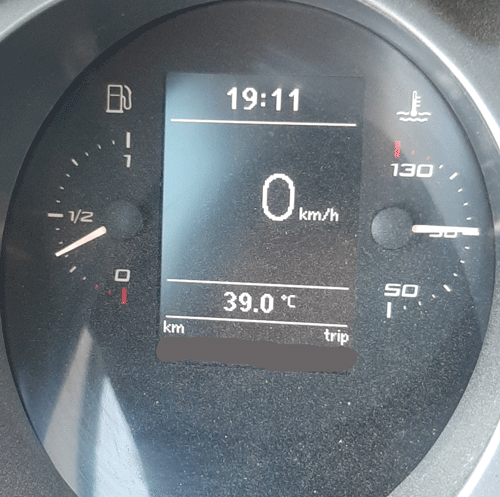
Was it hot in the car? No, thanks to the air-conditioning. But it certainly was hot outside at times!
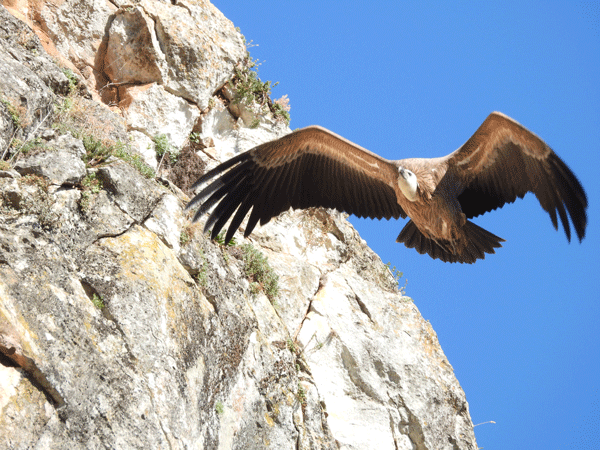
Summer birding in Catalonia, as in other parts of Spain, can be a challenge. With maximum temperatures hovering around 40ºC, and sometimes more, with many birds having dispersed away from their breeding territories, with those that have stayed being quite inactive to cope with the heat, the dust, the haze…
So why would you come birding in the summer and, if you do, how to go about looking for some of the birds that you want to see?
Why? Well, if you’re like Donna from Canada who could only come for a week in July, that’s a good reason. There are still a lot of good birds you can see that you won’t see if you don’t come!
How? Get up early and be ready for first light. Then plan your route carefully, with knowledge of what birds you might see, where to find them, how to best connect the locations without spending too much time travelling, and then perhaps end the birding day by early afternoon, preferably somewhere shady if you can.
So, Donna came for a spot of summer birding and, in her own words, it looks like she had a good time:
Dear Steve (and Florinda!):
I couldn’t have asked for or wanted a better guide. Everything was absolutely perfect and I would not have changed a thing. You made this trip one I will always remember. Finding so many birds for me to look at and enjoy. Sighting rarities that were amazing. You are truly the best. And all these findings in the last week of July.
I had so much fun. Trying new food, enjoying perfect accommodations, shopping for an adapter and a new suitcase. You went well beyond your duty as a bird guide.
I now buy only olive oil from Spain. I made Spanish Gazpacho. I rub ripe tomatoes on my bread. I learned so much more than just birds from you and I am grateful.
Catalonia’s scenery is breathtaking and I feel that I saw so much of what it had to offer. The Delta, the grasslands, the hills, the orchards, and the farmlands.
I could never thank you enough for such a wonderful experience.
Thank you Donna! It’s satisfaction like that which keeps us going, through the quiet periods, and the busy ones!
We started and finished at Barcelona; first birding in the Ebro Delta, and from there went on to Lleida. Lleida has the dryland plains, interesting farmland, birds of gallery woodland and inland wetalnds, and the foothills of the Pyrenees. There was plenty for us to do and birds to find in the five days. Rollers, Pin-tailed Sandgrouse, Bee-eaters, Little Owl, Montagu’s Harrier, Bee-eaters, Black-eared Wheatear, Hoopoes, Booted Eagles, Short-toed Eagles, Little Bittern, Squacco Heron, Purple Swamphen, Egyptian Vulture, …
Donna took quite a few photos too.
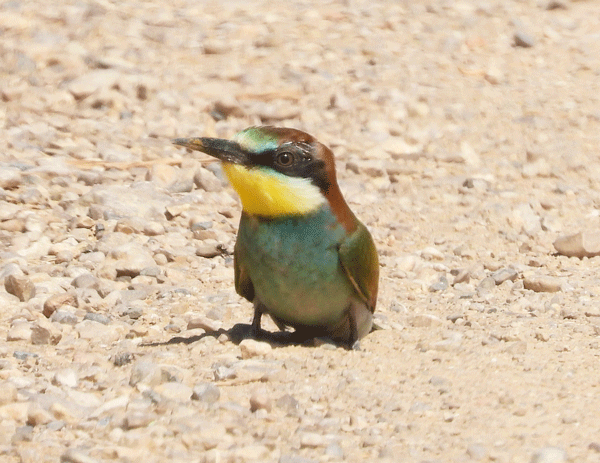
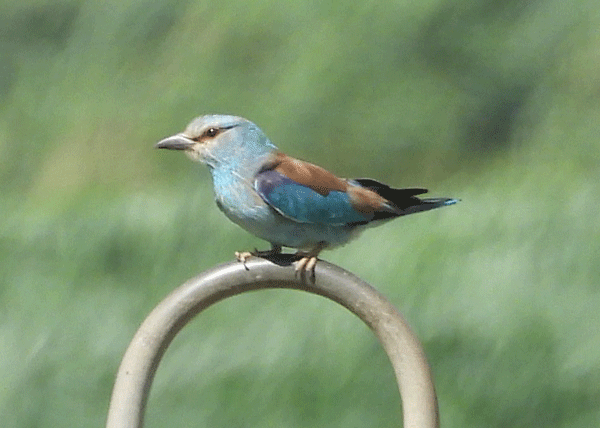
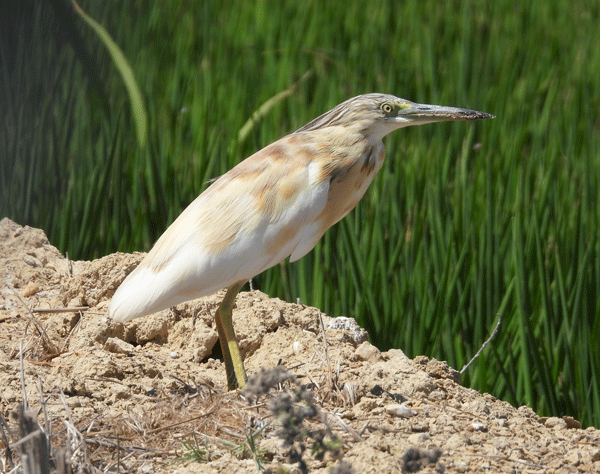
And there are plenty more bird photos where they came from!
